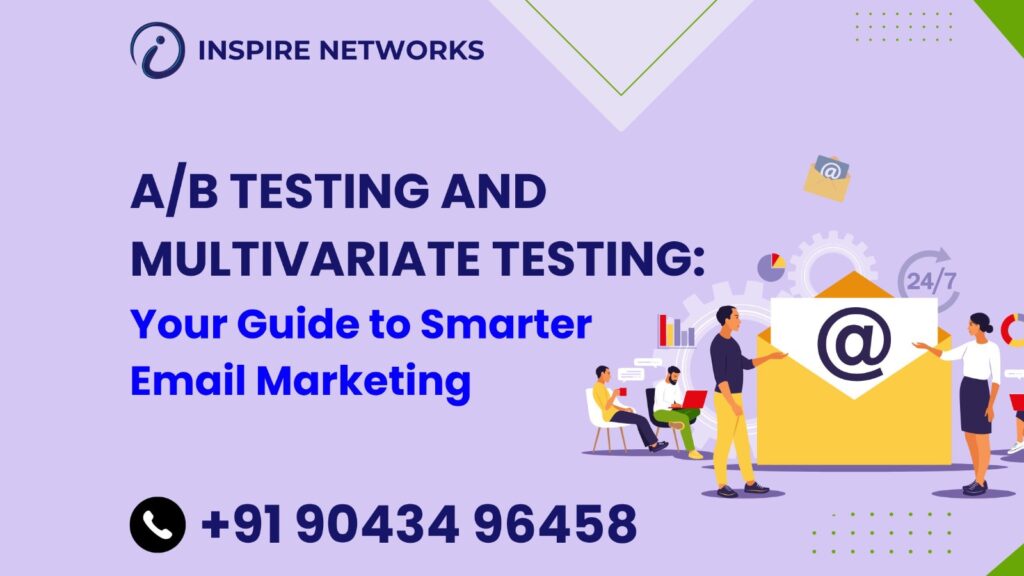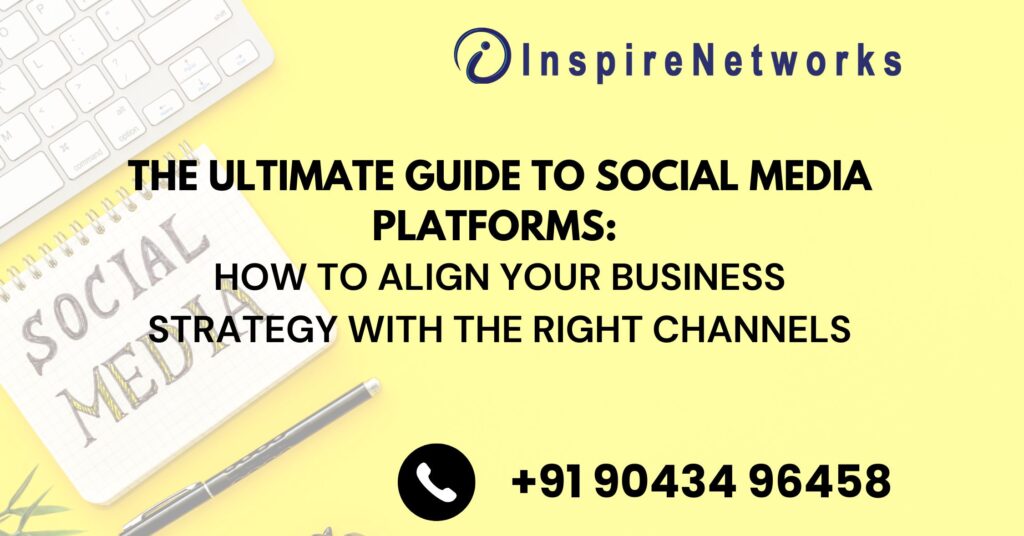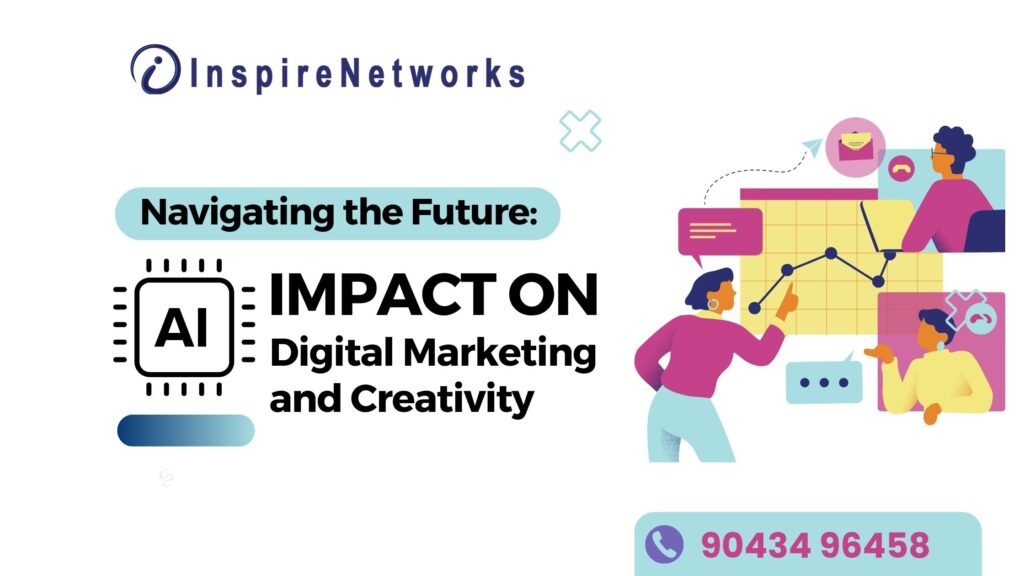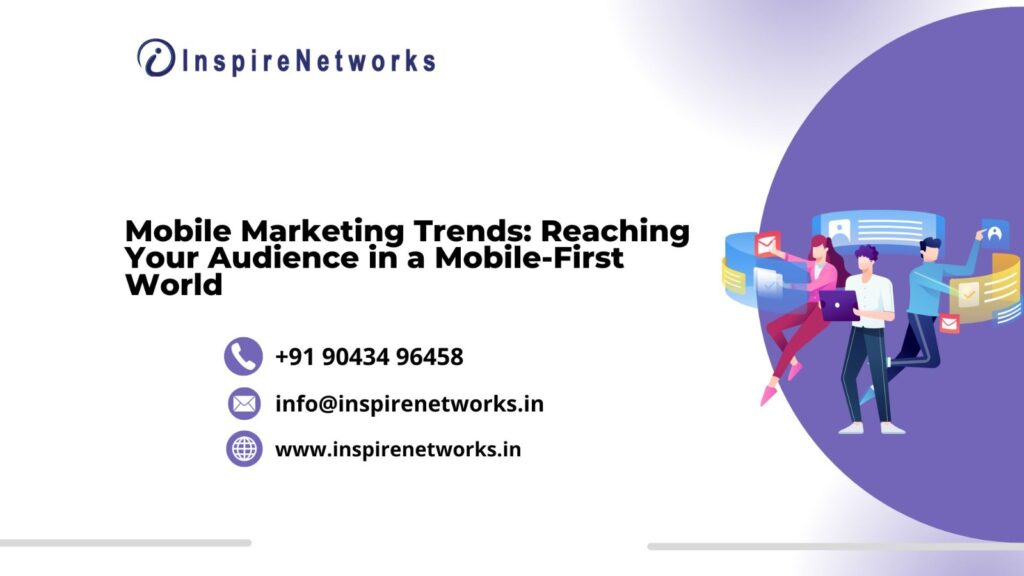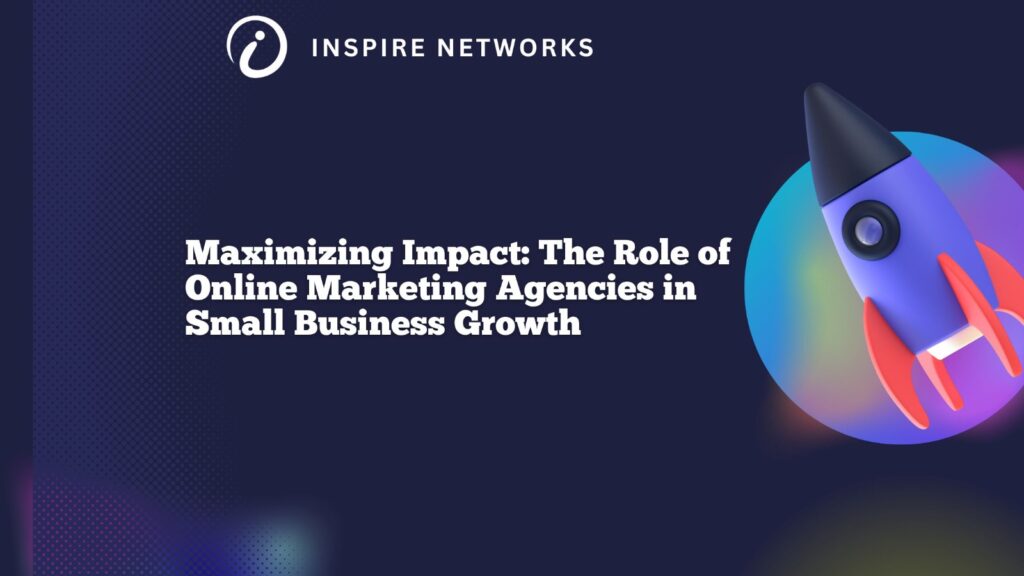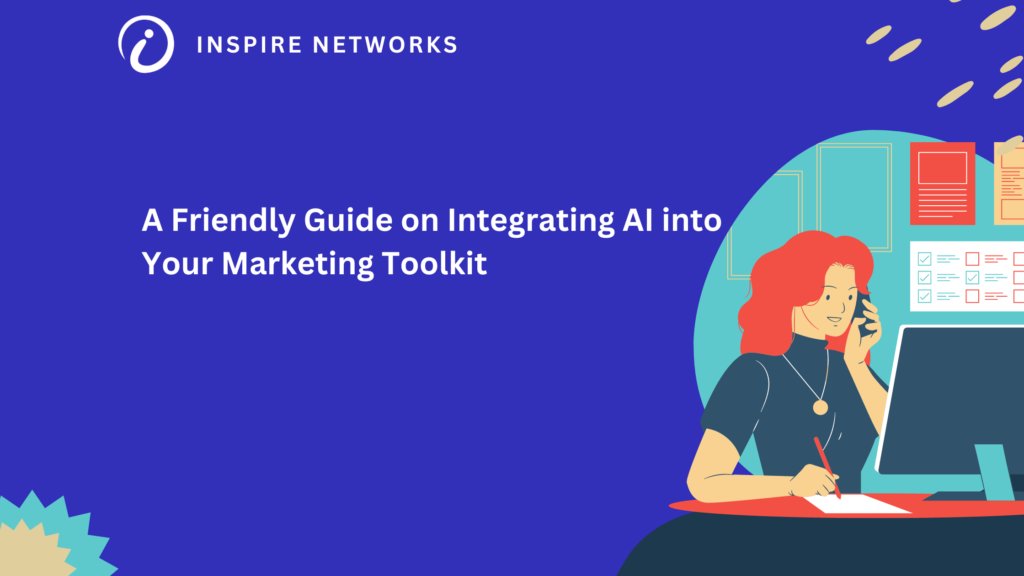Discover the Future Trends of Digital and Social Media Marketing in 2024
Digital marketing and B2B social media marketing are in a constant state of evolution, and 2024 is poised to continue the progress seen in the previous year. In a marketing environment characterized by swift changes, understanding consumer demands becomes increasingly crucial. Keeping this in perspective, here’s the essential information you should be aware of to actively participate and achieve significant success in a digital landscape that is rapidly evolving. Social media has transformed into a pivotal customer service tool: By 2024, social media platforms are surpassing their conventional roles as mere sources of entertainment. They are evolving into crucial arenas facilitating interaction between customers and brands. The surge in online engagement, propelled by previous global events, has led brands to increasingly address customer needs through social platforms. This shift signifies a change in how brands connect with their audience, utilizing these platforms for customer service, feedback, and community development. This trajectory continues to expand with the growing e-commerce capabilities on platforms like Instagram and Facebook. Anticipate witnessing more incorporation of technologies such as live streaming and direct customer support within social media apps in 2024. Social media channels have become integral for brand storytelling, product launches, and direct consumer engagement. The emphasis is on fostering a more interactive and responsive experience, where consumers feel acknowledged and valued by the brands they follow. In 2024, social media will empower brands to engage with customers and enhance their overall experience. This suggests a widespread shift from a mindset of merely “using” social media to one of adapting and thriving in an environment where a highly connected, social, and empowered consumer is now the undisputed norm. Essentially, marketers will no longer perceive social media as a channel they can navigate more or less successfully but as the online and offline environment in which consumers and brands are inevitably immersed.” Video remains a dominant force: The advice that “Video is the #1 content format brands need to leverage” holds true, as supported by Cisco’s research revealing that video constitutes 82% of all online traffic. In 2024, this trend will persist, but fortunately for businesses, consumers are more drawn to the authentic side of brands rather than high-budget, polished videos. To stay current and in tune with consumer preferences, brands should incorporate video content such as product demos, webinars, and live events. Video content, particularly in short-form, continues to play a central role in digital marketing strategies. Platforms like TikTok, Instagram Reels, and YouTube Shorts lead this trend, providing brands with a dynamic avenue for audience engagement. Short-form videos go beyond mere attention-grabbing; they focus on creating memorable and shareable content that resonates with viewers. The success of this format lies in its adaptability to the fast-paced digital landscape, delivering quick, impactful messages that align with the modern consumer’s preference for concise and engaging content. Reimagining data-centric approaches: At present, data holds a revered status, often referred to as king. However, the true power of data lies in the narrative it weaves. Relying solely on data has its limitations, as it fails to emotionally connect with consumers. Despite the label “data-driven,” it does not inherently inspire compelling messaging or campaigns. The landscape of marketing strategies is undergoing a shift in 2024, placing increased importance on creative risks and innovative methods of presenting data, moving away from traditional tables and graphs. Marketers entrenched in data-centric approaches may hesitate to relinquish control, as data provides a semblance of insight, authority, and security—especially considering the impact of dark social on marketing data. While numbers are factual, they require interpretation. Even with interpretation and context, they may not convey the complete picture. True innovation often defies measurement, emerging in unprecedented ways that are difficult to gauge until after the fact. In 2024, incorporating data involves experimenting with fresh formats, unconventional campaigns, and creative storytelling that transcends conventional norms. It’s about using data insights as a guide rather than a rigid rulebook, allowing for more flexibility and creativity in marketing strategies. Disruptive innovation hinges on challenging existing data norms and moving beyond the perceived safety net of data-driven certainty. Creative risk, rather than data, propels disruptive innovation. To foster innovation instead of hindering it, marketers will view data as just one facet of an iterative creative process, emphasizing experimentation and testing over certainty and safety. Mandatory Integration in Marketing: Given the escalating pressure on marketers to boost revenue, contend with a diverse array of customers, navigate various markets, channels, and products, manage shrinking budgets, and address organizational silos, integrated marketing is no longer merely one strategy among many. Instead, it has become the very bedrock of customer-centricity. True to its name, integrated marketing brings order to the growing complexity and fragmentation evident in the marketing landscape. Regardless of the theories embraced by marketers, the approaches taken, or the organizational models adopted, integrated marketing unifies everything into a cohesive and high-performing whole. This is achieved by aligning and coordinating a marketing organization to deliver a seamless and consistent experience across all channels. It entails harmonizing different facets of marketing, encompassing advertising, public relations, sales, and digital channels, to ensure uniformity in messaging and brand experience. Research from Gartner underscores the effectiveness of integrated marketing, revealing that campaigns spanning four or more channels outperform those limited to one or two channels by an impressive 300 percent. The amplification of a consistent message is a key driver of value, supported by Kantar Millward Brown’s finding that integrated campaigns are 31 percent more effective at brand building. As integrated marketing signifies a shift from being a cost center to becoming a profit center, it is no longer a discretionary approach but rather an essential requirement for maintaining competitive viability. The Evolving Landscape of B2B2C: While B2C marketing has successfully adopted a more human and authentic tone in communicating with consumers, B2B has been slower to recognize the value of this approach. B2B marketing often relies on transactional language or “sales-talk,” which can come across as impersonal and fail to establish trust with buyers.


